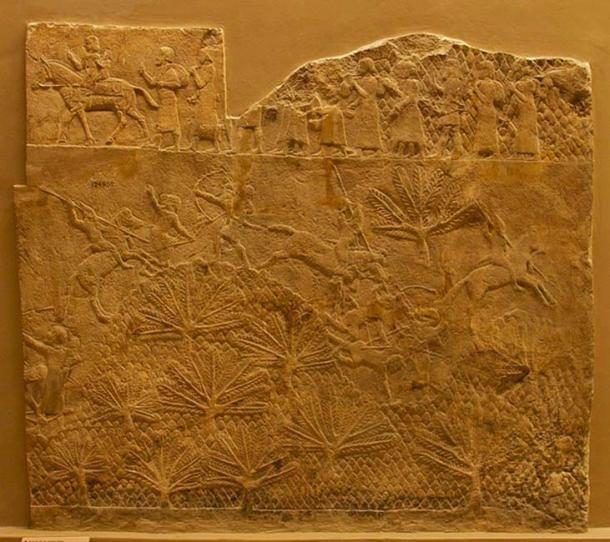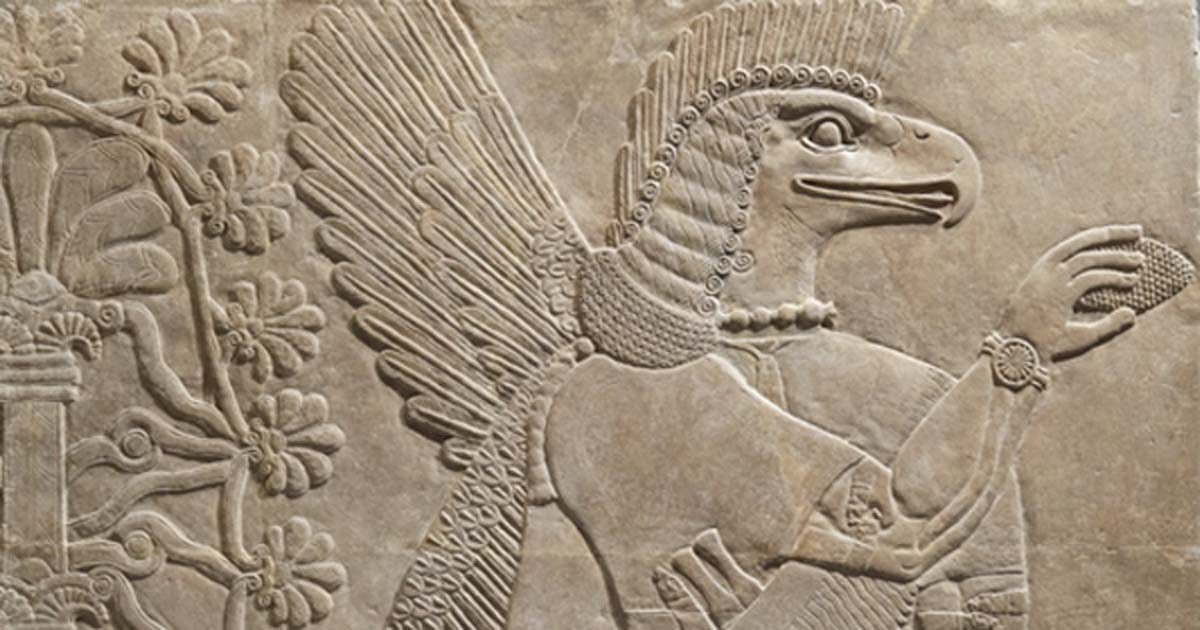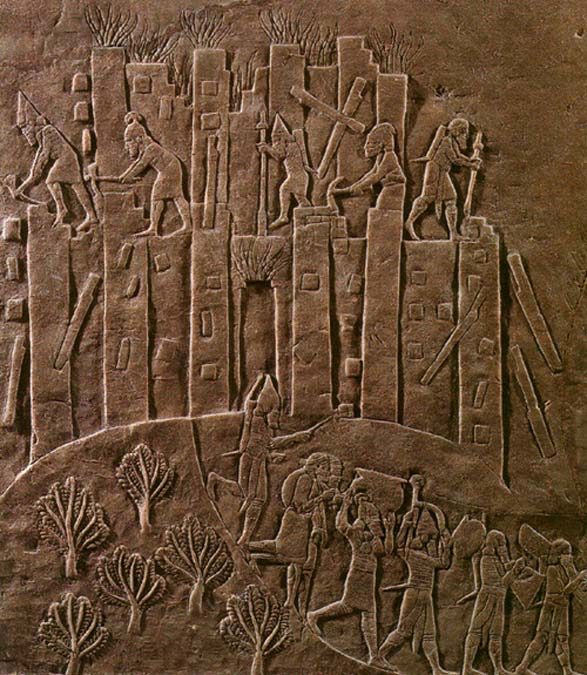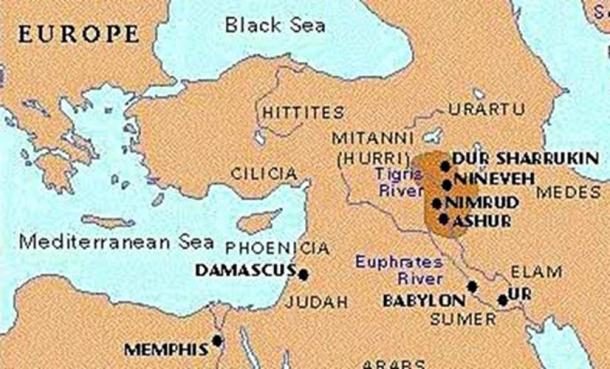
The history of Assyria spans mainly from about 2000 BC, when the cities of Nineveh and Calah were founded, to the destruction of Nineveh in 606 BC.
Whereas Babylonia is best remembered for its contributions in literature, architecture, and the law, Assyria is chiefly remembered for its military prowess, advances in weaponry, and meticulously recorded conquests.
Geographically, Assyria occupied the middle and northern part of Mesopotamia. It was situated between the Euphrates and Tigris Rivers, and its major cities were Calah, Zab, Ashur, and the capital, Nineveh.
The Power and the Gory
"I am powerful; I am all-powerful .... I am without equal among all kings.This was the boast of King Esarhaddon (680-669 BC), who expanded the Assyrian empire to its greatest extent. At the height of his great power, in 671 BC, he conquered Egypt in less than a month.
The Egyptian kingdom was considered one of the most impenetrable in the Middle East. The Egyptians had ruled over their own land virtually undisturbed for 2,500 years.
Once Egypt was captured, Esarhaddon and his successor, Assurbanipal (680-626 BC), ruled an empire that stretched over 1,000 miles from the Nile River to the Caucasus Mountains. In its time, the Assyrian Empire was the greatest the world had ever seen. The center of the empire was located in what is now northern Iraq, and its capital was called Nineveh.
Tiglath-pileser I
Tiglath-pileser I was an early Assyrian king who began his reign in about 1100 BC. He mounted several successful military campaigns against the Babylonians, Syrians, and many others.
Few could stand in the way of the Assyrian expansion. After toppling the Babylonian Empire, the Assyrians conquered the Israelites, the Phoenicians, and even parts of the mighty Egyptian Empire.
He claims to have conquered 42 kings and peoples and wrote, "I carried away their possessions, burned their cities with fire, demanded from their hostage's tribute and contributions, and laid on them the heavy yoke of my rule."
The Assyrian ruler also claimed great expertise as a hunter who on one expedition killed over 900 lions and captured several elephants alive.
In the city of Asshur he kept a hunting park in which to prey on animals. At Nineveh, he started a botanical garden in which he planted trees and fauna gathered during his military campaigns.
How did the Assyrians establish such a large empire over such formidable foes? Their armies were highly trained and professional. And their troops had a great deal of experience in battle. They were well organized into various units of charioteers, cavalry, bowmen, and lancers.
Assyrian armies also had a corps of engineers who employed movable towers and iron-headed battering rams for sieges on walled towns.
Soldiers used iron weapons, which were much stronger than the bronze weapons of some of their foes. The Assyrians also built roads for the quick and easy movement of troops, so that conquered rebelling kingdoms could easily be brought back under control.
Read the remainder of the article here.






Reader Comments